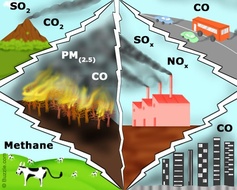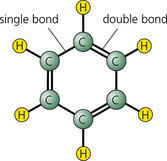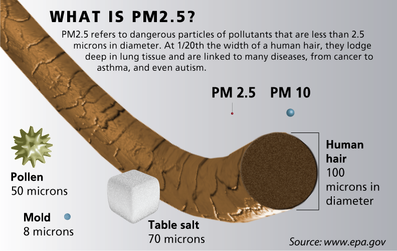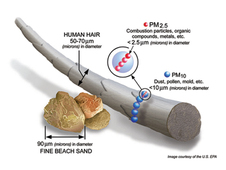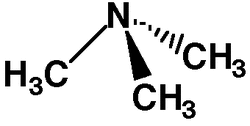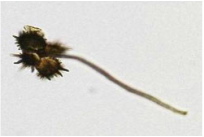
Air conditioning can also be held responsible for a few health problems. If it is not properly maintained, it can actually facilitate the spread of micro-organisms such as Legionella pneumophila.
Air conditioning units can also generate sounds to which when someone is exposed over a considerably long period of time can lead to the individual's hear loss.
Cleaning conditions, building characteristics, products used in households, cultural habits, climate and outdoor environment can also influence air-conditioned indoor air quality.
